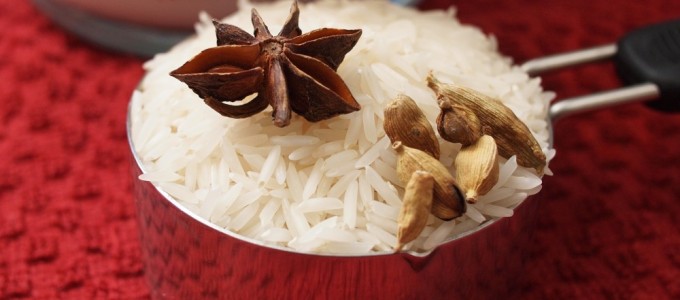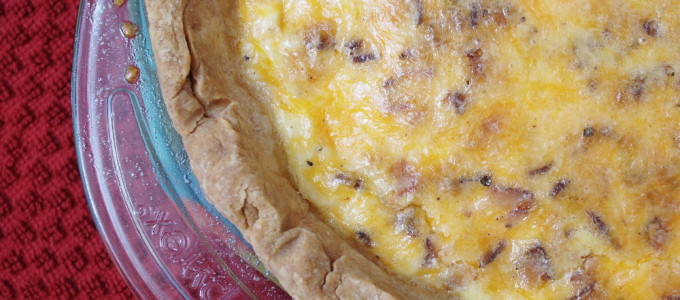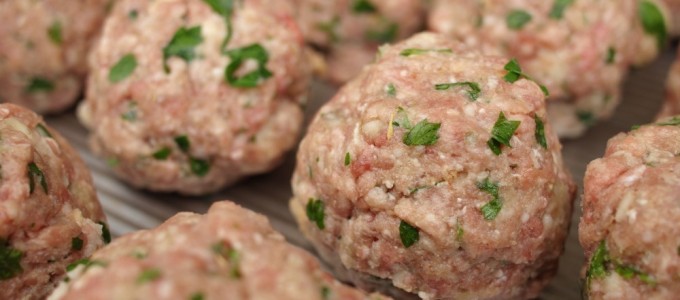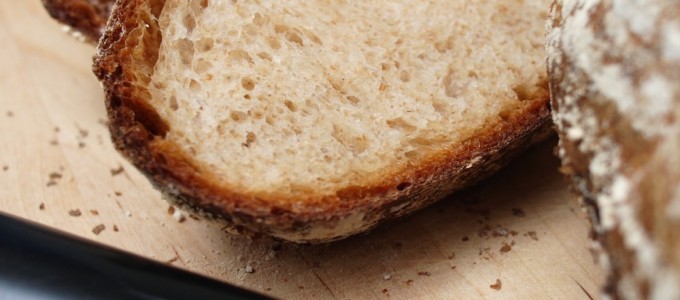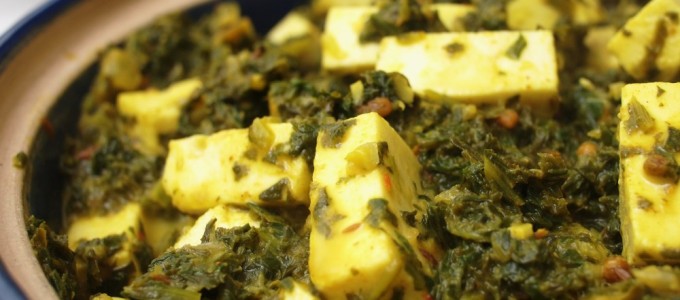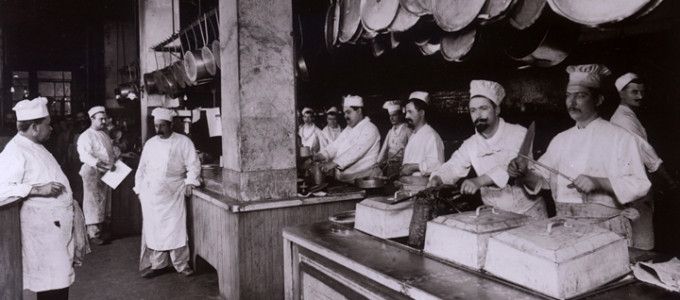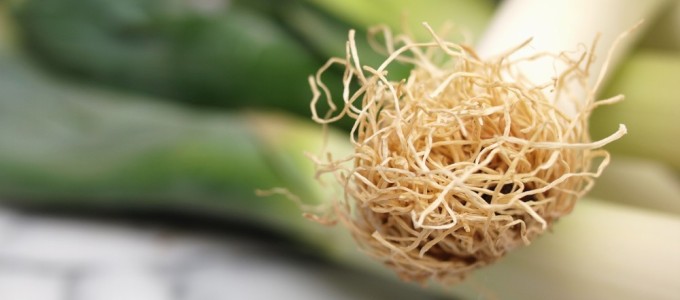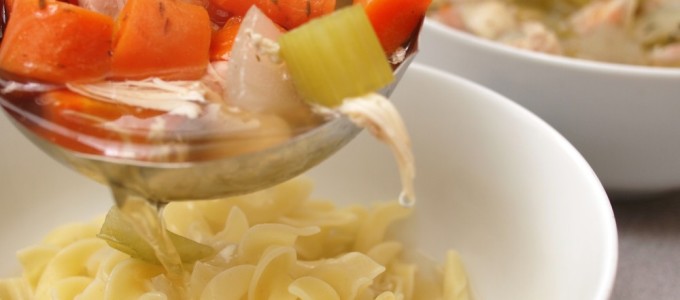I want to hit pause on cooking and eating for just one minute, folks, and take this opportunity to talk about a different kind of onion.
It’s been a while since I’ve used my little soapbox, here, to plug a cause. Ages ago, it feels like, I spent some time talking about Kiva. Almost as long ago, it was Creative Commons. Every now and then, I yank my head up out of the sand and implore you all to support something or another. Because there’s lots of super-easy push-button do-gooderism out there on the Internet that actually — you know — does some good. And because having the ability to drone on endlessly about the minutia of food and politics depends a great deal on a giant pile of privileged positions.

